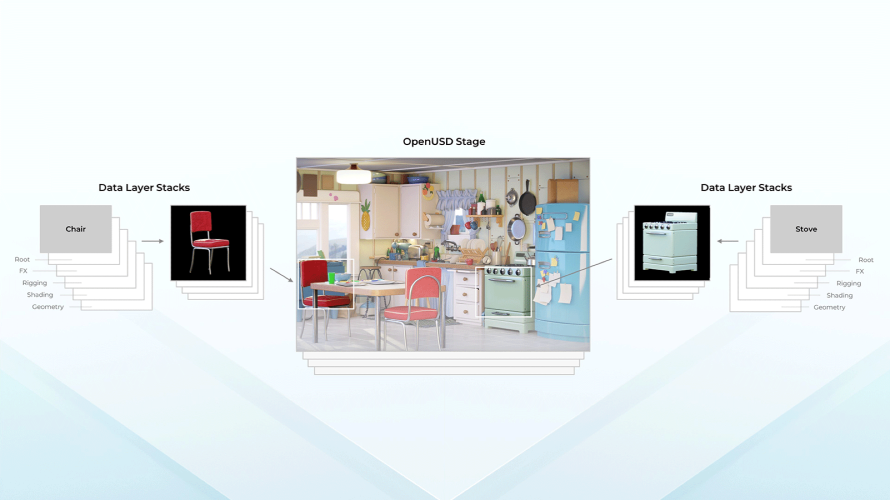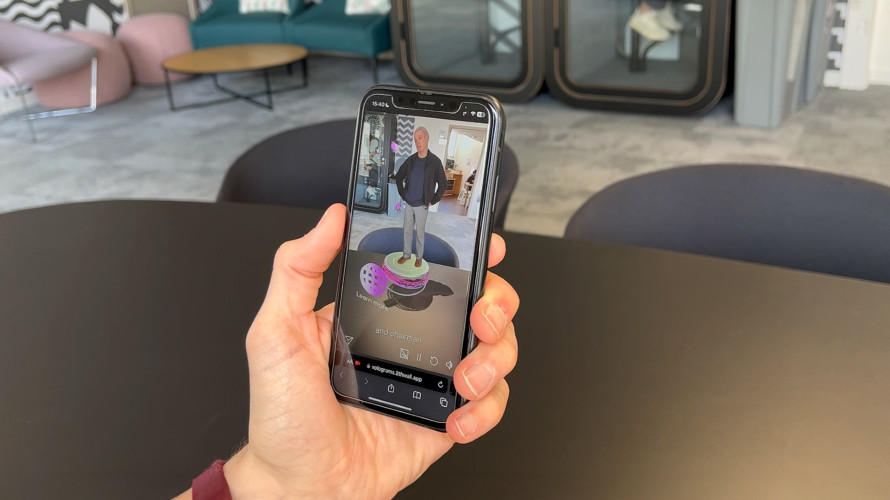Quality is the best policy

Author: Bob Pank#
Published 1st February 2012
Despite all the changes in our industry at the moment – and maybe because of them – quality is more important than ever.
HD has become the production standard norm. Why have audiences embraced HD so enthusiastically? Because it looks and sounds great. If you have a 42” or bigger screen in your home then the difference between SD and HD is obvious to all, and so HD channels have to maximise that benefit to get a commercial edge. Quality.
Consumers expect to access content on multiple devices, from the small screens on smartphones right up to that 42” plasma. The sheer number of permutations of resolution, codec and wrapper – it can work out at thousands – makes it impossible to check each one before release. The only answer is to feed the best possible signal into the best possible transcoding farm. Quality.
Stereoscopic 3D is still a niche, but an important niche. This is a difficult medium to get right. When it works, it gives the viewer a new and rich immersive experience. If it goes wrong it makes the viewer nauseous. Vomiting consumers tend not to be return customers, so you have to make sure that all the complex parameters are in the right place. Quality.
I suspect you are beginning to get the message. So, if quality is so important, is responsible for the quality? The answer, of course, is everyone: if it is not perfect at the shoot then there is a limit to what you can recover downstream.
But I would argue that the most important quality gatekeepers are the people in post production. The simple reason, is that it goes direct from the post house to the broadcaster. The first thing the broadcaster will do is run its own quality control checks and if it fails then it is bounced back to the post house for remedial work. This is work that is not on the budget and the cost is likely to fall on the post house because they were the last to handle it. It is the difference between a nice little earner and making a loss on a job.
My first message, then, is that the post house should be doing its own QC on incoming material, and checking again during every process that can change the quality of the audio or video.
Audio
Let us start to look at what we need to check and why with audio. This is an area where the move to digital has made life significantly harder, so we need to apply extra care.
In the days of analogue audio, the odd excursion over the nominal peak level might get you a black mark from a QC engineer if it was noticed, but unless it was hugely over-modulated you would probably get away with a momentary high: analogue audio had a bit of headroom before the degradation became obvious.
That is not the case in digital audio. 0dB is the maximum and if you go above that there are no bits to represent it. It is not a graceful degradation, it is a brick wall. Worse than that, running out of bits creates odd harmonic distortion, which is horribly obvious.
As well as managing audio levels, you need to check phase correlation. Too much out of phase audio is very unsettling for the listener. Phase monitoring was relatively simple in stereo, but in 5.1 or more surround sound it needs a clever way of visualising it in a display to be able to see at a glance what is happening. The Hamlet solution is a unique “jellyfish” display which is informative and simple to understand.
There is a new audio measurement which must be added now. Audiences have long complained about the differences in perceived loudness between different pieces of content, and particularly that the commercials always sound louder than the programmes. The industry has now taken action, and an accurate means of measuring perceived loudness has been defined.
ITU recommendations 1770 and 1771 set out the world standard for loudness (the American CALM proposals basically follow the same technical parameters). Audio quality control should now include loudness monitoring, to ensure that your content has good impact without annoying the viewer. Broadcasters will include loudness in their ingest QC – they have to – and will reject if you sound too loud.
Video
The basic parameters of video are simple and well known. White in the picture should be represented by the peak white level and black by peak black. You need to understand what is happening to the video levels in each of the three colour channels.
Colour gamut is also a very important consideration. It may sound improbable but, because of the way the television system is defined, there are some colours in the visible spectrum which are outside the gamut of colours which can be reliably broadcast.
You may ask why colours could be outside gamut or levels outside the defined limits, if the original video is shot properly. The answer is that any post production process can change the levels, which can cause problems. Colour correction – now built in to editors as a standard tool – is the obvious example, but graphics overlays can cause problems, too.
On the other hand, if you are concentrating on creating a great programme, you really do not want to keep your eyes on a row of test instruments rather than the picture monitor. To give the post artist the right support there needs to be a way of illustrating problems – out of gamut colours or peak black and white excursions – on the picture monitor itself, usually by putting a dotted line around the error.
What happens if you do not take care to keep video levels and colours within limits? Either the broadcaster will reject the content and you have to rework it, or it will accept it and put it through a device called a legaliser. This is a box of electronics which squeezes the signal back into specification. Unfortunately, it does it in a way which is rarely subtle, so is likely to result in colour shifts. If you have spent hours with the colourist getting the pack shot precisely right, the last thing you want is an unattended piece of electronics in the transmission suite changing it again.
PSE
Photo-sensitive epilepsy (PSE) is a pretty devastating condition. Flashing lights, or certain colour combinations, can trigger an epileptic episode which is dangerous for the sufferer and unpleasant, at best, for those around who offer care. The best estimate is that PSE afflicts about one in 5000 of the population.
Over the last decade healthcare professionals have worked closely with broadcast engineers and others to determine precisely what circumstances are likely to trigger a PSE episode. This knowledge is now implemented in ITU recommendation 1702, and devices built using its algorithms can determine which sequences may be likely to cause a problem.
The editor will need to work closely with the producer to determine how much of a PSE sequence to remove and how much can be covered with warnings before transmission. A documentary about clubbing, for example, could be very short if you take out all the flashing lights, whereas a programme with just a short sequence involving flashing colours could probably be re-edited.
This is a serious problem, and major broadcasters certainly check for PSE. One in 5000 potential sufferers means a thousand people for a programme reaching five million.
3D
If you are making a stereoscopic 3D programme then getting it right on set is very important. While the core parameters like inter-axial distance and convergence can be faked in post, to a certain degree, the best results come when you shoot it right first (and we sell specialist tools to make sure that happens).
The rules with regard to video levels and colour gamut apply in stereo 3D, of course, but doubly so because it is vital that the two eyes are precisely matched.
Graphic placement is another unique consideration in 3D post. The general consensus is that graphics have to sit in front of all other 3D objects, but they have to live within the broadcaster’s defined depth budget. In general, objects a long way in front of the screen plane do not work well in the home. It may be that for graphics sequences – titles and credits, for example – you have to flatten the 3D effect in the content to be able to put the graphics in a comfortable place.
In conclusion, there are many technical issues which need to be addressed in post if the finished content is going to look and sound as good as it possibly can. Post, though, is primarily a creative process, handled by artists who do not want to look at dull test displays.
At Hamlet we try to bridge the gap, with tools and displays that make it obvious if there is a problem. Avoiding technical errors is a win all round: the programme looks great and there is no costly reworking, which is why an emphasis on quality control is the best policy.

























